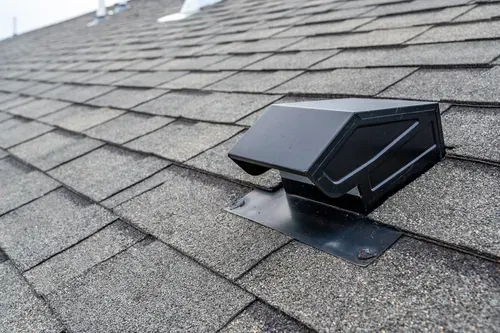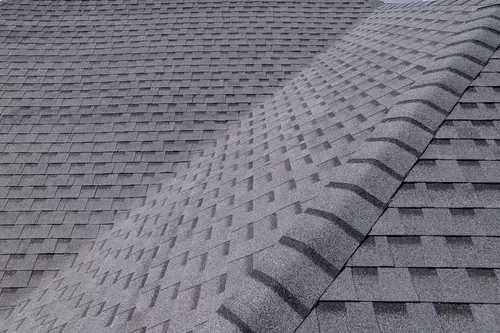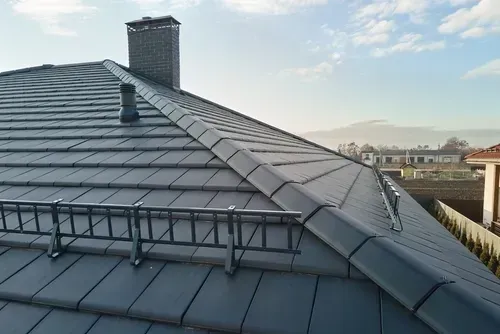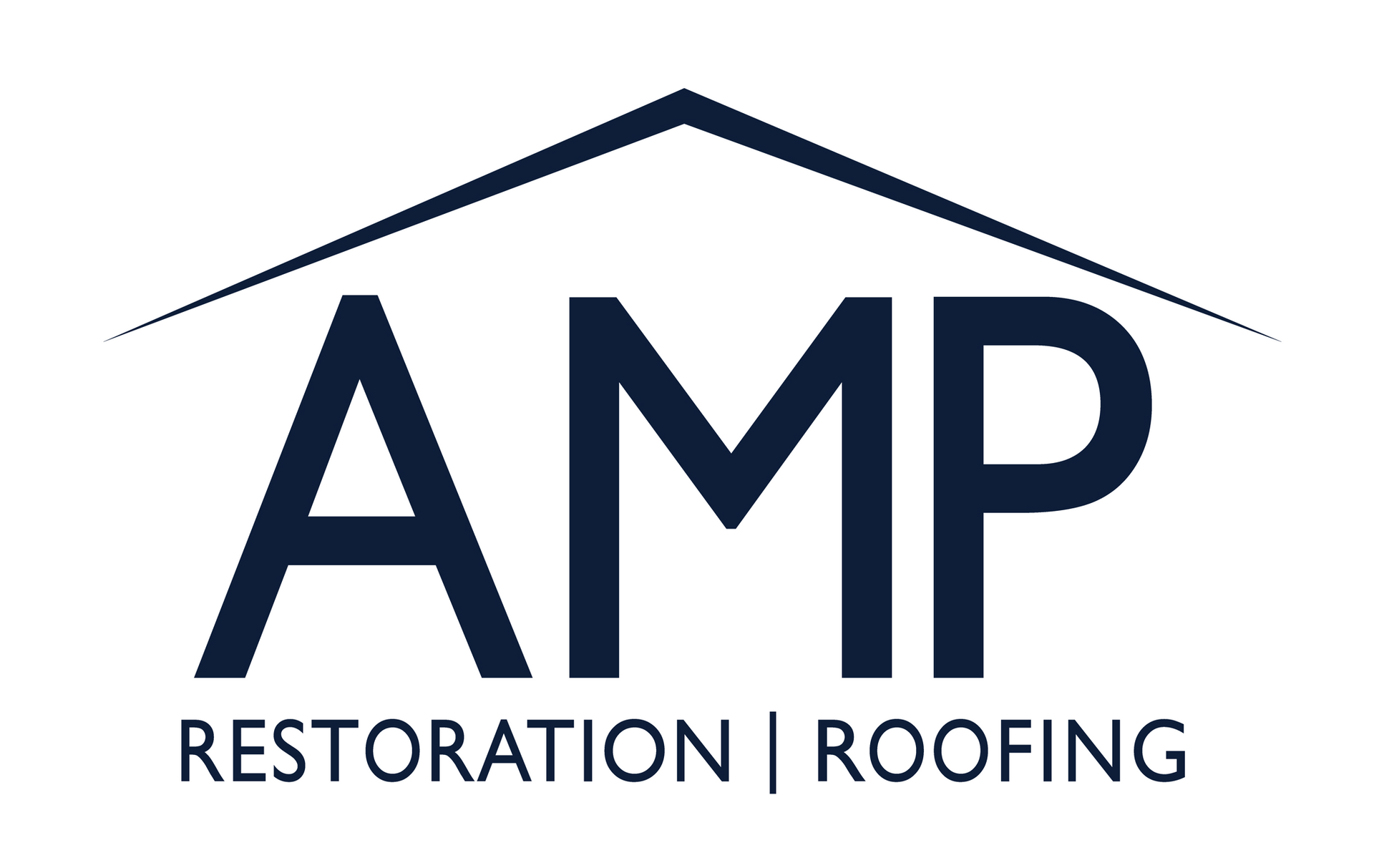Ice and Water Shield for Roofing: What It Is and Why It's Critical
Protect your home from water damage with this essential roofing layer
Every strong roof starts with what's underneath. That's where underlayment comes in—and one type stands above the rest: the ice and water shield. The ice and water shield for roofing is a waterproof underlayment that helps keep moisture out of your home. It sticks directly to your roof deck, sealing around nails and gaps where water often finds its way in. This barrier is your best protection when storms, snow, or wind-driven rain hit.
This post will explain how an ice and water barrier roof works, where it's installed, and why it's a smart move for any property owner. If you're building, replacing, or upgrading your roof, this is for you
How Does Ice and Water Shield Work?
Think of the ice shield on roof systems like a waterproof bandage. It’s made of rubberized asphalt that sticks firmly to your roof deck. When installed properly, it forms a watertight seal around nails, seams, and vulnerable areas.
Unlike traditional underlayment, the ice and water shield for roofing doesn’t just sit there—it actively blocks water from getting in, even if your shingles are damaged or blown off. That means fewer leaks, less rot, and more peace of mind.
Where Is Ice and Water Shield Installed?
Contractors install ice and water barriers on roof systems in the most leak-prone areas. These spots are known for collecting water, snow, or ice buildup. Here’s where it’s typically applied:
- Roof eaves and edges
- Valleys where two roof slopes meet
- Around chimneys and skylights
- Underneath gutter replacement areas
- Around vents and pipe boots
Why Ice and Water Shield Is Critical
Water has a sneaky way of finding the tiniest openings in a roof. A regular underlayment can only do so much. That’s why using an ice shield for roof systems is a game-changer. Here’s why it matters:
- Prevents ice dam leaks in winter
- Seals tight around nails and fasteners
- Protects vulnerable joints and corners
- Provides a backup layer in storms
- Helps with insurance claim protection
Ice and Water Shield vs. Standard Underlayment
Standard underlayment offers some protection but doesn't seal the same way. It can tear or shift over time, especially during heavy storms. In contrast, ice and water shields bond directly to the decking and won't let water penetrate. It's especially helpful when installing high-performance materials like TPO roofing or EPDM roofing material.
When Should You Use Ice and Water Shield?
Not every roof needs a full layer of ice and water shield, but some definitely do. This layer is a must if you live in an area with harsh winters or frequent storms. Use it:
- In cold climates with ice dam risk
- On roofs with low slopes
- Before installing roof shingles on vulnerable areas
- When replacing or repairing flashing around chimneys
- On any roof where long-term protection is the goal
- If you want fewer headaches with
contractor lien waiver issues down the line
Protect Your Roof with The Best Options
We know how frustrating unexpected leaks or roof damage can be, especially during the winter. That’s why at AMP Restoration & Roofing, we recommend ice and water shield for roofing on every project where long-term protection matters. We’re experts in roof design, repair, and full-system upgrades.
Need help with your roof? Reach out to the trusted team at AMP Restoration & Roofing today.






